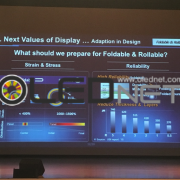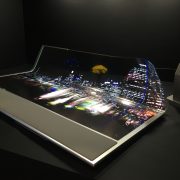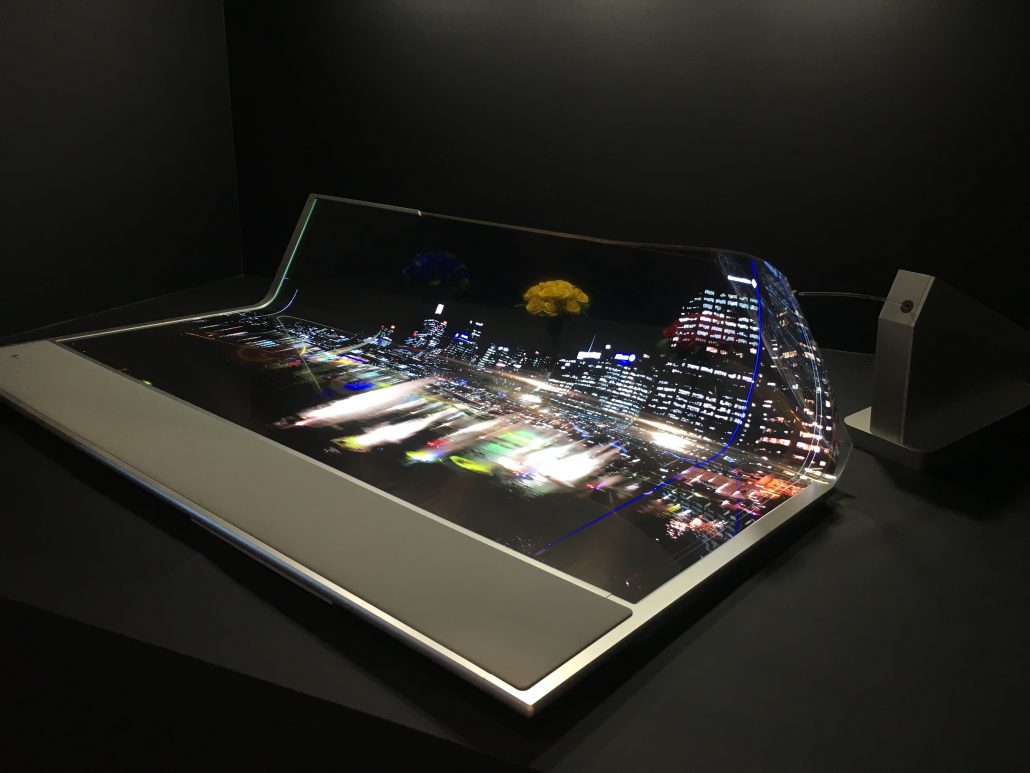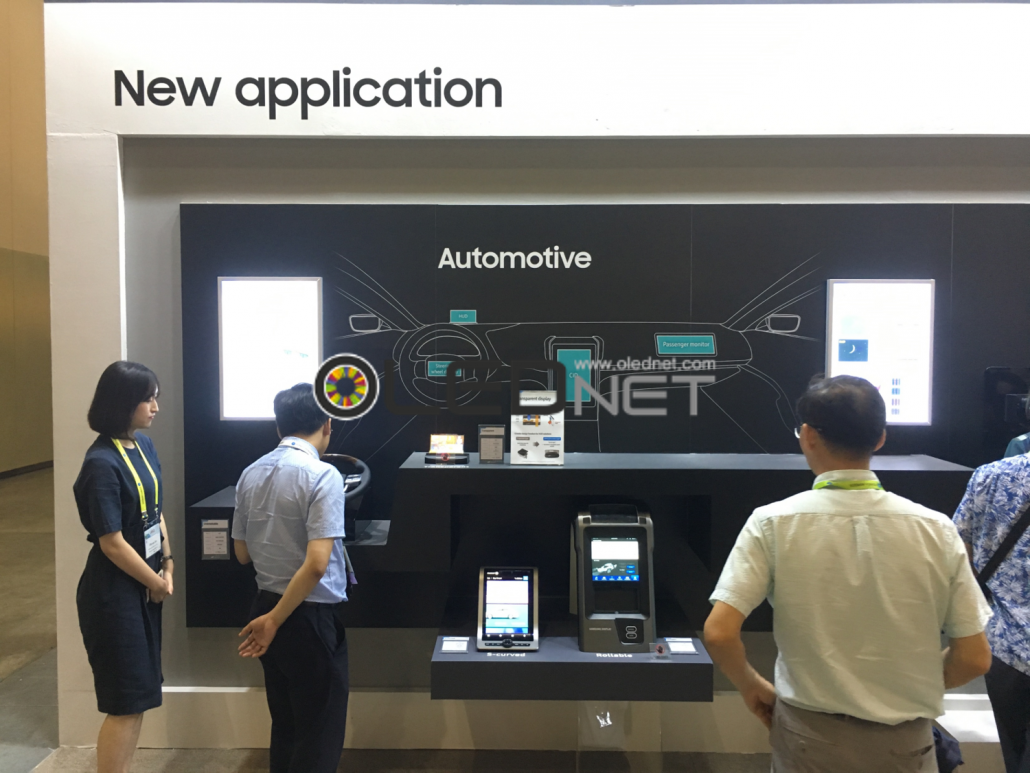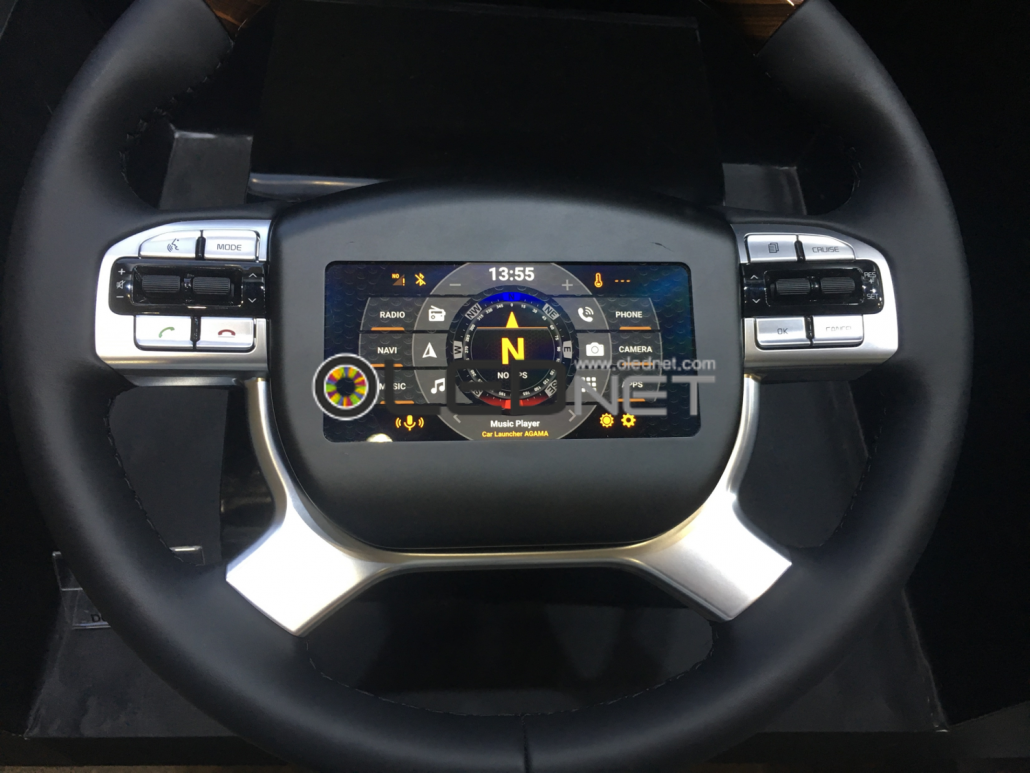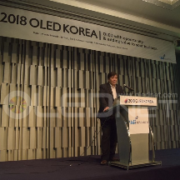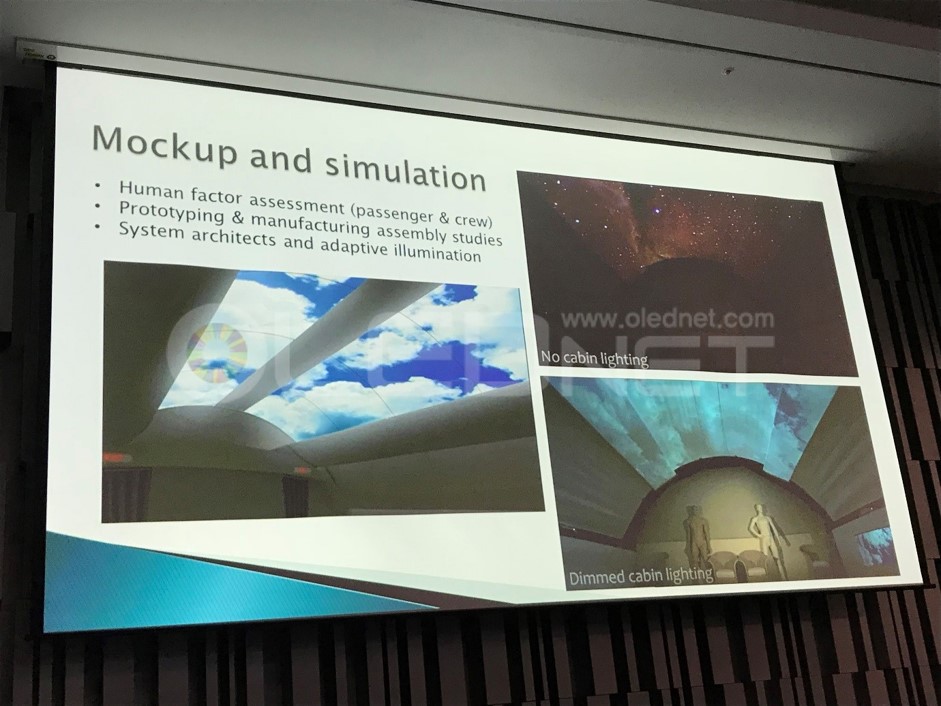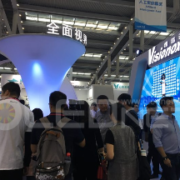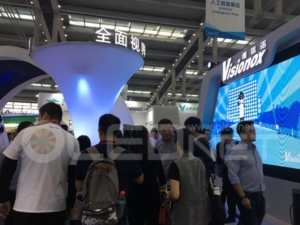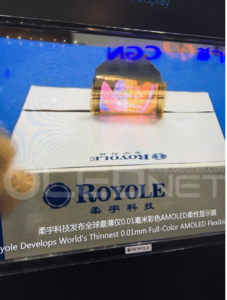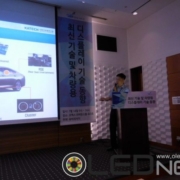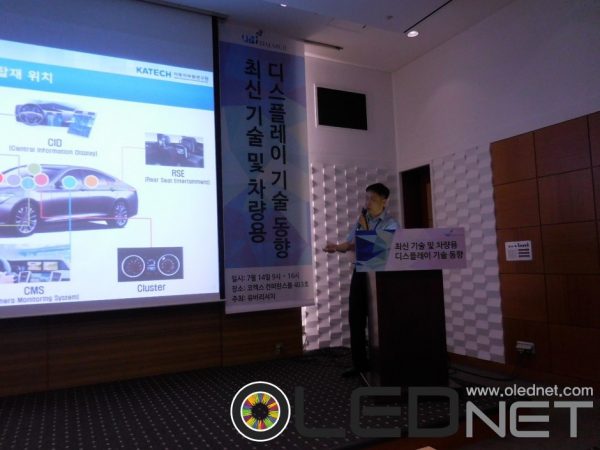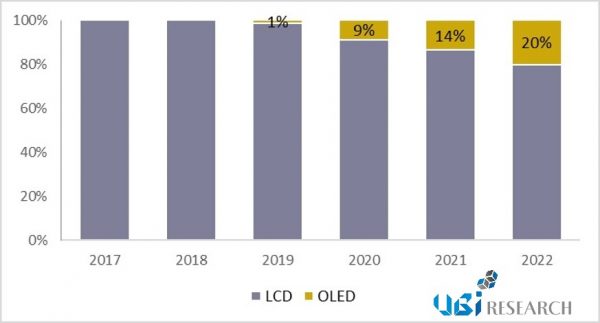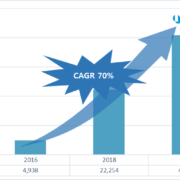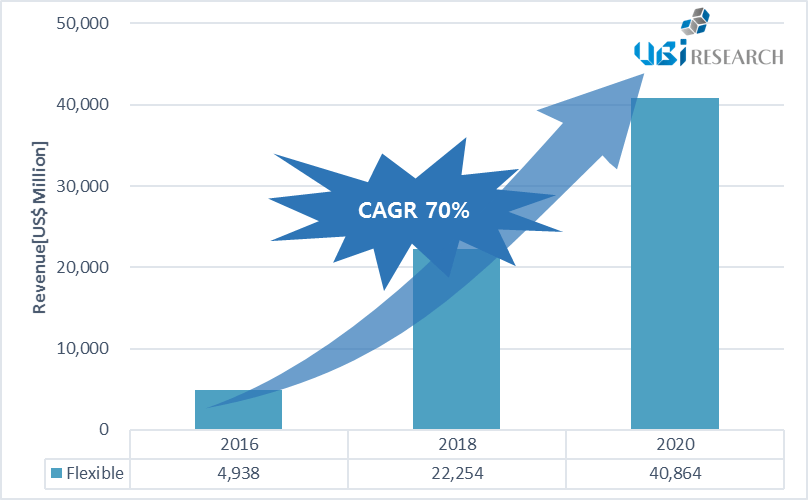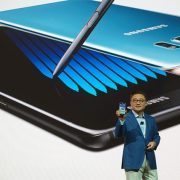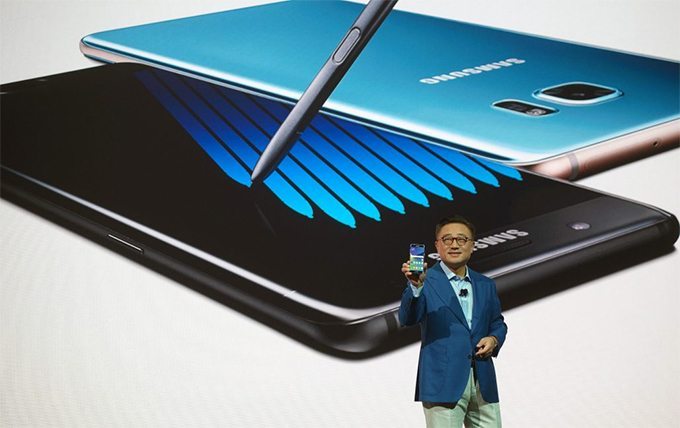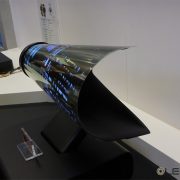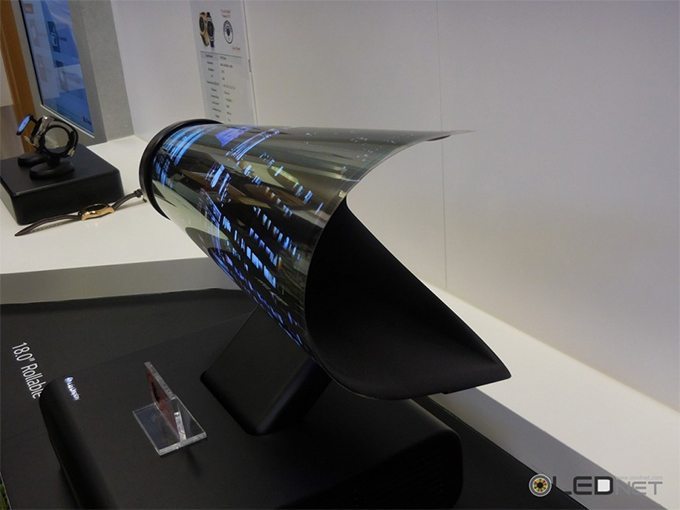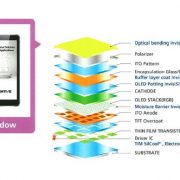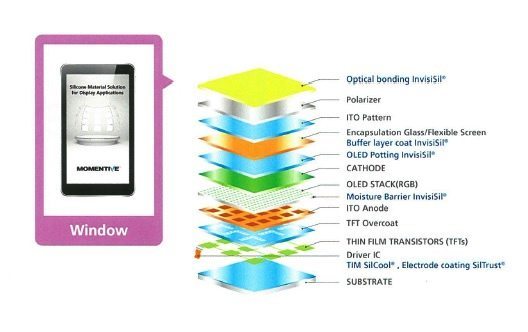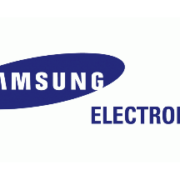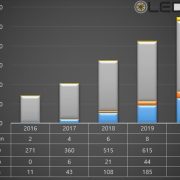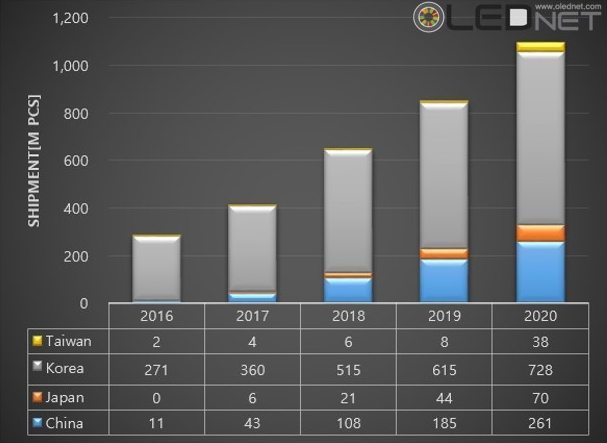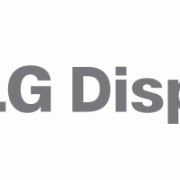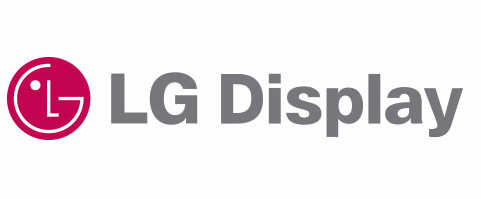[IMID 2018] Samsung Display, The key material that will connect the smart world and the individual in the future is the display
At IMID 2018 held in BEXCO, Busan, Korea on August 29, Kwak Jin-Oh, vice president of Samsung Display, delivered a keynote speech on the theme of ‘The Infinite Evolution with Display’. He emphasized “Display will be the key material to link to the smart world and the creation of a new world and environment will be accelerated.”
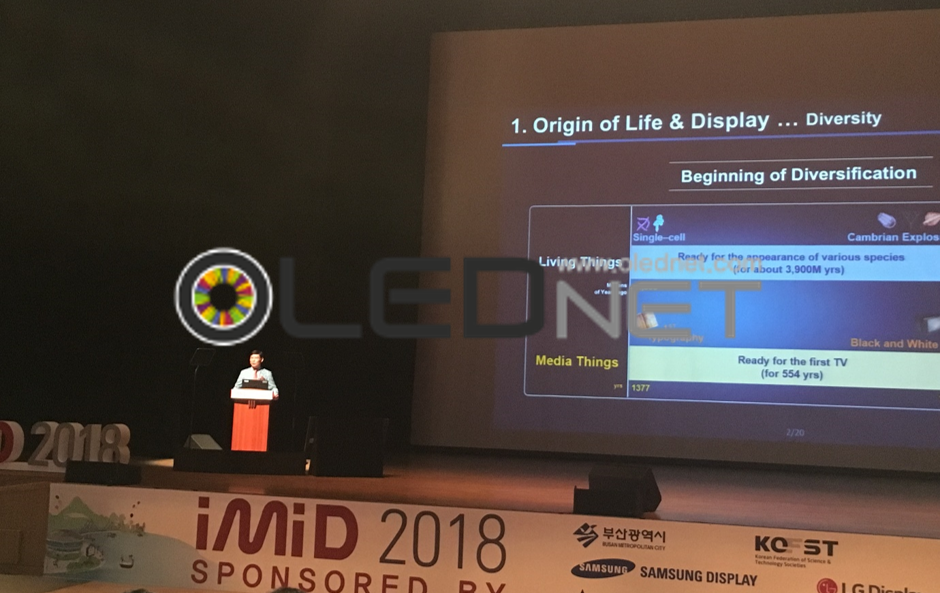
Comparing the evolution of living things with the evolution of displays, Kwak pointed out the direction of the next-generation displays such as ‘size diversity from small to large size, adaption in design inclusive of full screen and flexible, and convergence with other technologies’.
In terms of size diversity, Kwak said, “High-resolution displays that can feel realism in small and medium-sized area, and displays that can be immersed like a big screen in a movie theater in large area, are required.”
The design adaptation then was referred to design autonomy as one of the values of next-generation displays. He further emphasized the value of rollable and stretchable displays as well as foldable displays in small and medium sized displays.
Kwak said that Samsung is developing rollable displays as well as foldable displays that are currently attracting great interest. Unlike foldable display, rollable display requires consideration of the stress on the front of the panel. He commented “Because there are many things to consider such as the time when it is rolled up, and the number of times it is rolled and unrolled, the company is conducting research to solve them.”
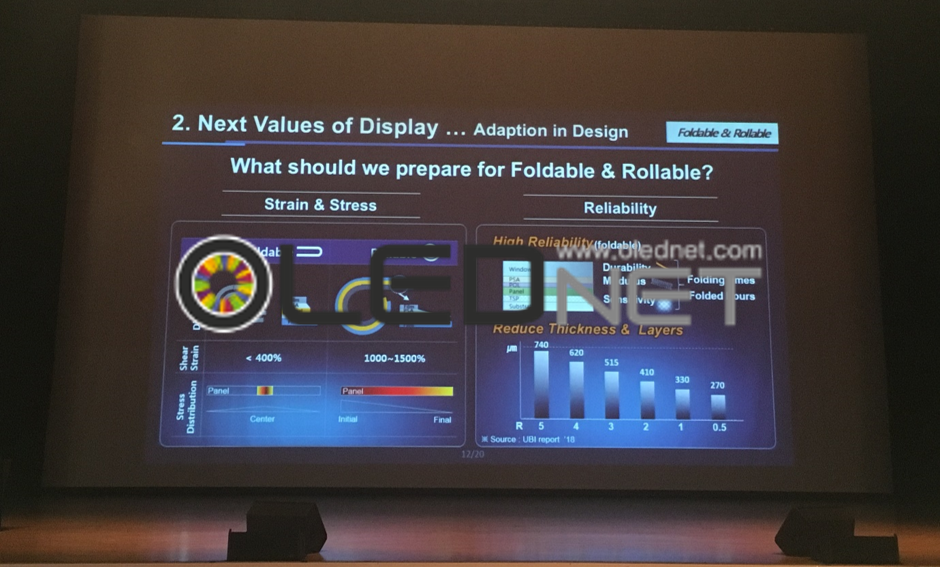
He also introduced a stretchable display that can implement patterns freely, and explained that it is developing various structures using RGB pixel unit and stretchable unit to implement displays that have high reliability with low stress.
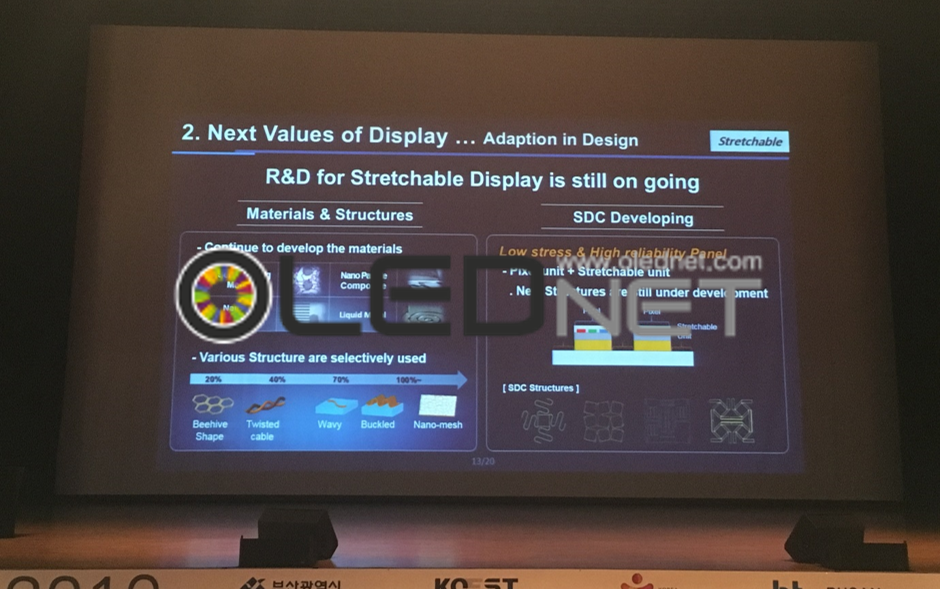
Mentioning about biotechnology at the convergence area, he pointed out that new fusion technologies need to be considered such as measurement of oxygen saturation by transmitting light to hemoglobin or changes in the wake up mode and sleep mode of the display depending on the melatonin change.
Finally, Kwak concluded that display is evolving to create a new society and environment, emphasizing that display is the key material to link between the individual and the smart world in the forthcoming 5G era.

